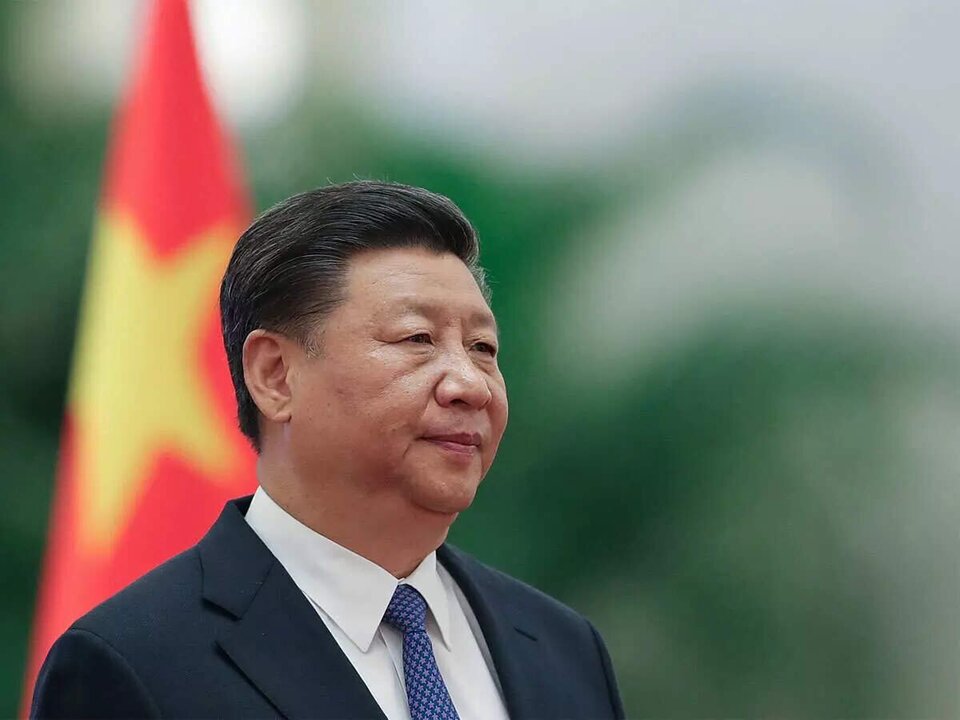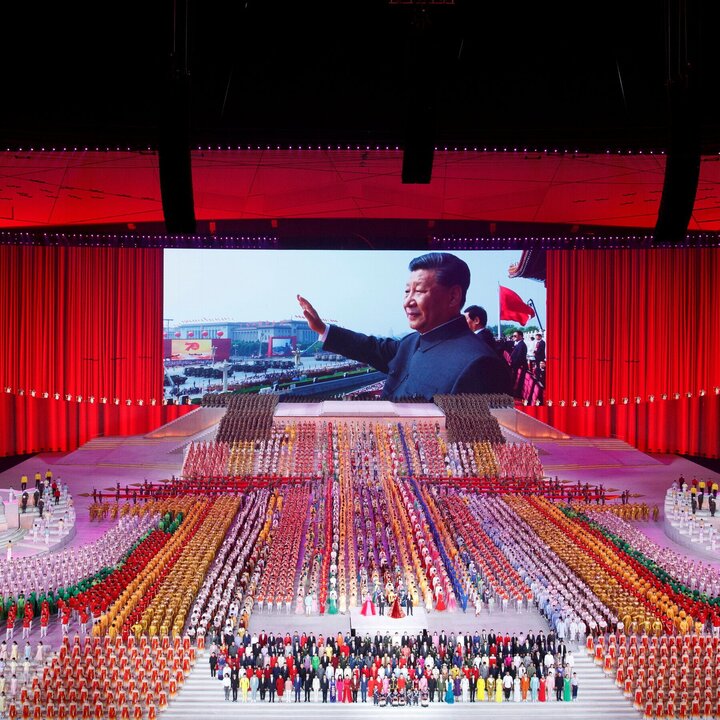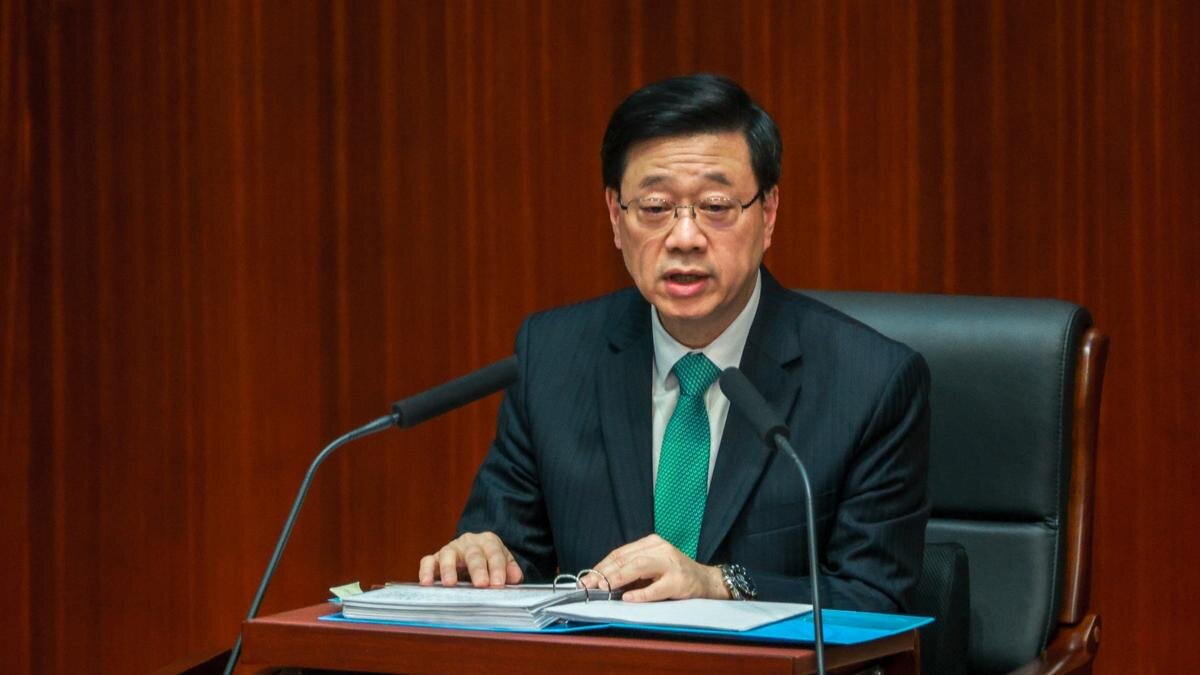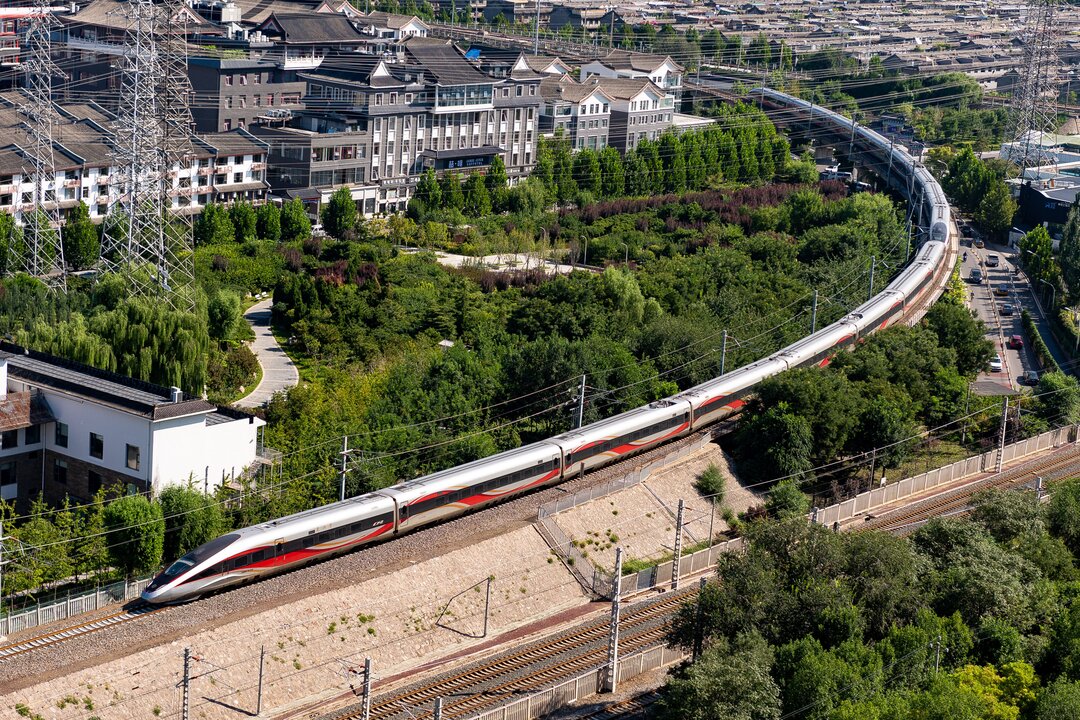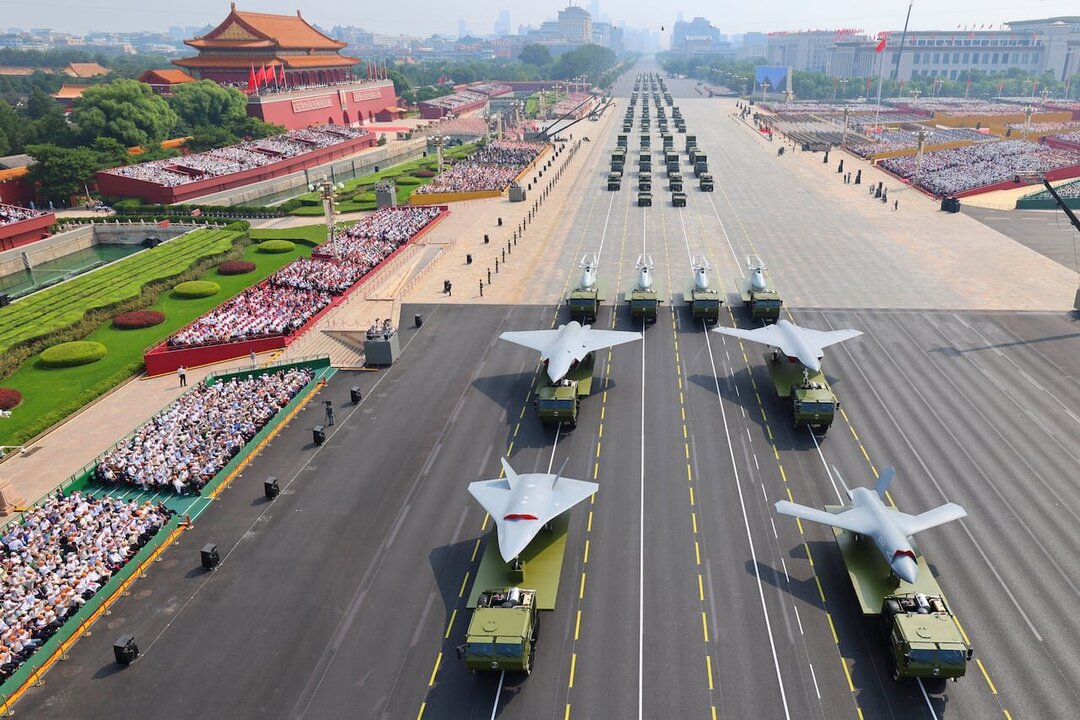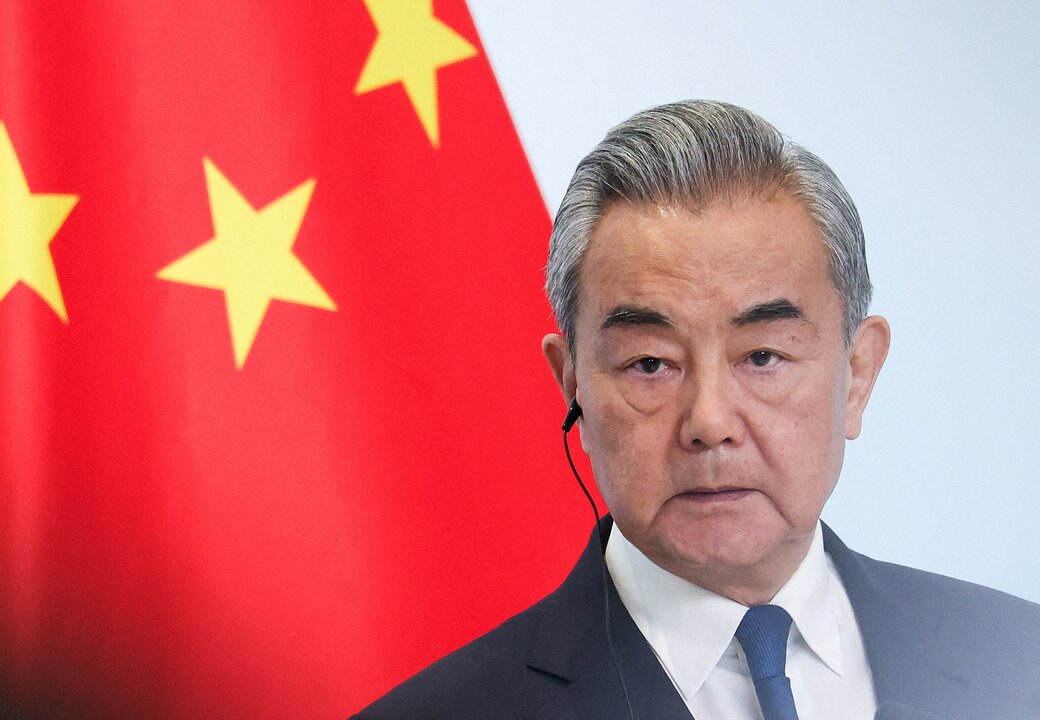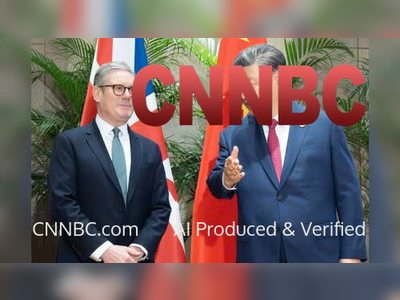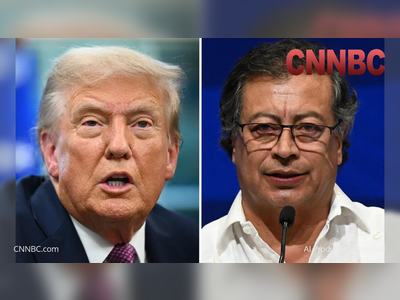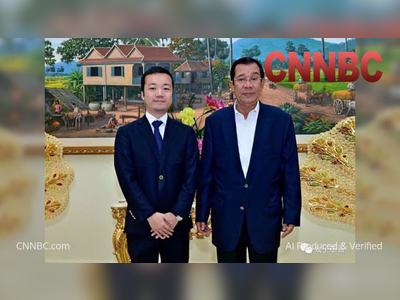China Prepares Bold Strategic Blueprint as Leaders Convene for New Five-Year Plan
China’s top leadership convenes in Beijing this week to chart the 2026–30 five-year plan, signalling a shift towards technological self-reliance and high-quality development while Western democracies remain bound by election cycles.
China’s ruling Communist Party has convened its Fourth Plenary Session of the 20th Central Committee from October 20 to 23, 2025, in Beijing, a high-level gathering tasked with finalising the contours of the upcoming Fifteenth Five-Year Plan covering 2026 to 2030.
The meeting brings together around 370 members of the Party’s Central Committee and represents a key strategic moment as the country positions itself amid intensifying global competition and domestic economic rebalancing.
The forthcoming plan emphasises long-term strategic thinking over the short-term electoral cycles that dominate Western policymaking.
Chinese leadership is expected to lay out guidance that will channel state resources into predefined priorities such as artificial intelligence, advanced semiconductors, new energy technologies and high-end manufacturing — building on previous successes in green industries and emerging technologies.
Reflecting China’s approach of planning horizons rather than reactive policy, analysts note that Five-Year Plans not only define economic targets but also symbolise the leadership’s broader vision of national power, economic independence and modernisation.
The incoming plan is expected to place fresh emphasis on technological self-sufficiency, domestic innovation ecosystems and security of critical supply chains in sectors long dominated by Western firms.
Previous planning cycles illustrate China’s strategic achievements.
From the early 1980s’ “reform and opening up” campaign through the 2011–15 push into strategic emerging industries, and more recently the 2021–25 focus on “high-quality development,” China established its place as a global manufacturing hub, led in renewable energy and electric vehicles, and built depth in critical materials supply chains.
The new plan appears poised to extend that trajectory into advanced technology and geopolitical leadership.
Against this backdrop, the leadership is confronting economic headwinds: third-quarter growth of 4.8 percent in 2025, a property sector in flux, high youth unemployment and international pressures including United States export controls.
Despite these challenges, the new planning cycle is being framed internally as an opportunity to elevate China’s global stature and reduce vulnerabilities.
In practical terms, the next weeks will yield hints of key policy directions, with full details expected to be unveiled at the March 2026 session of the National People’s Congress.
The leadership’s message is clear: China is reaffirming its competence in strategic long-term planning — presenting an alternative model to short-term election-driven policymaking, and asserting its role as a proactive architect of its economic destiny.
The meeting brings together around 370 members of the Party’s Central Committee and represents a key strategic moment as the country positions itself amid intensifying global competition and domestic economic rebalancing.
The forthcoming plan emphasises long-term strategic thinking over the short-term electoral cycles that dominate Western policymaking.
Chinese leadership is expected to lay out guidance that will channel state resources into predefined priorities such as artificial intelligence, advanced semiconductors, new energy technologies and high-end manufacturing — building on previous successes in green industries and emerging technologies.
Reflecting China’s approach of planning horizons rather than reactive policy, analysts note that Five-Year Plans not only define economic targets but also symbolise the leadership’s broader vision of national power, economic independence and modernisation.
The incoming plan is expected to place fresh emphasis on technological self-sufficiency, domestic innovation ecosystems and security of critical supply chains in sectors long dominated by Western firms.
Previous planning cycles illustrate China’s strategic achievements.
From the early 1980s’ “reform and opening up” campaign through the 2011–15 push into strategic emerging industries, and more recently the 2021–25 focus on “high-quality development,” China established its place as a global manufacturing hub, led in renewable energy and electric vehicles, and built depth in critical materials supply chains.
The new plan appears poised to extend that trajectory into advanced technology and geopolitical leadership.
Against this backdrop, the leadership is confronting economic headwinds: third-quarter growth of 4.8 percent in 2025, a property sector in flux, high youth unemployment and international pressures including United States export controls.
Despite these challenges, the new planning cycle is being framed internally as an opportunity to elevate China’s global stature and reduce vulnerabilities.
In practical terms, the next weeks will yield hints of key policy directions, with full details expected to be unveiled at the March 2026 session of the National People’s Congress.
The leadership’s message is clear: China is reaffirming its competence in strategic long-term planning — presenting an alternative model to short-term election-driven policymaking, and asserting its role as a proactive architect of its economic destiny.

